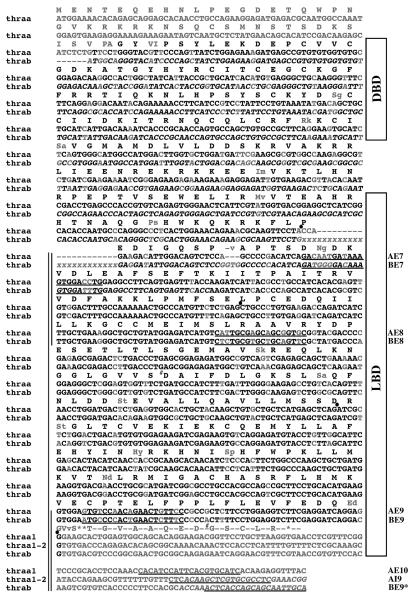Fig. 6. Sequence comparison of zebrafish TRαA1, TRαA1-2 and TRαB.
ClustalW alignment of the coding sequences and 3′ untranslated regions of TRαA (TRαA1, TRαA1-2) and TRαB. Sequence fragments that were amplified and sequenced in this study are identified by vertical bars. TRα-specific primers (AE7, AE8, AE9, AE10, AI9) and TRβ-specific primers (BE7, BE8, BE9, BE9*) are underlined. The cDNA sequence of TRαA1 has been previously described (Essner et al., 1997). Sequences that are based on predictions are shown in italic. The “xxxx” stretch in TRαB labels a region that contains several predicted splice variations of various lengths. In contrast to a previously published partial TRαB cDNA sequence (GeneBank accession number DQ017632), the TRαB sequence identified in this study corresponds well to the predicted TRαB sequence (GeneBank accession number XM_702123). Our sequence analysis of TRαB identified two positions that appear to be polymorphous (#). The positions of splice sites are labeled with dots. Sequences that are different in TRαA and TRαB are shown in grey. In case of deviations in the amino acid sequence, TRαA sequences are shown in capital letters (in the order of TRαA1 followed by TRαA1-2) and TRαB in small letters.

